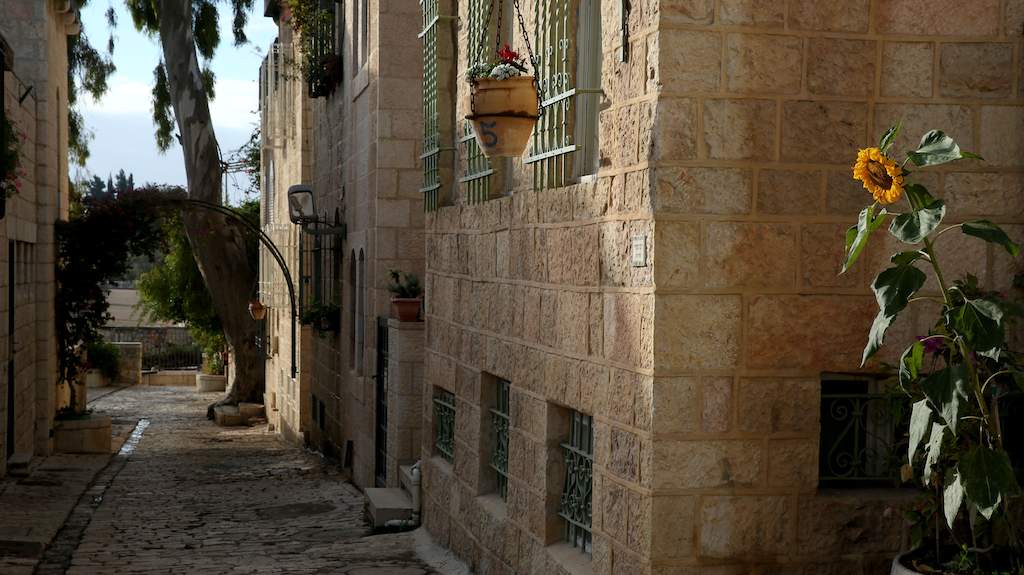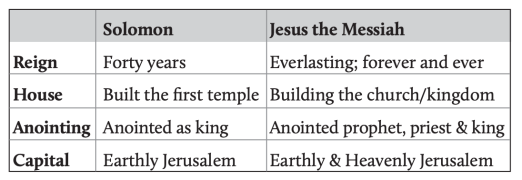David’s Conquest: The History of Jerusalem—Part 2
The king and his men marched to Jerusalem to attack the Jebusites, the inhabitants of the land. The Jebusites said to David: “You will not get in here; even the blind and the lame can ward you off.” They thought, “David cannot get in here.” Nevertheless, David captured the fortress of Zion: which is the city of David—2 Samuel 5:6-7
In just a few words, a simple conquest by the warrior king transformed a nation and the world. A city that eluded the armies of Joshua, the judges, and king Saul—was captured by David. Yes, the shepherd king who worked his way up: slaying the lion and bear, defeating the giant Goliath, now he was supremely confident that he could take the stronghold of Zion – Jerusalem—city of the Jebusites.
Recap: Before going further, let us recall what we have covered so far. In the previous article, we learned that Jerusalem is the premier city of Scripture, mentioned one thousand times, and is known by various names. We also learned that Zion is the royal section of the city, if not the city itself, depending on the context. It was in heathen hands for the first thousand of its four thousand-year history, though there are possible allusions to it in the Bible. Isaac was nearly sacrificed on Moriah while Melchizedek, king of Jerusalem, received tithes of Abraham. The tribes of Judah and Benjamin both tried—and failed—either to capture it or retain it. This leads us to one of history’s great events.
Neutral Capital Territory: Enter king David, the man after God’s own heart and the sweet psalmist of Israel. He was eager to unite the tribes of Israel with his own tribe of Judah. Like the US with DC and Australia with Canberra, he needed a centrally located capital city that belonged to none of the tribes, forestalling inter-tribal jealousy. Instead, this neutral territory would belong to all the tribes. The Jebusite stronghold fit the description.
Conquest: As we read in the above text, David and his men approached the walls. The Jebusites were confident that David would fail to breach the wall like the others before him. They boasted that even the blind and the lame could keep David out. Verse 7 says, ‘Nevertheless David captured the stronghold of Zion.’ How did he succeed when the others failed? The normal answer is that instead of breaching the high heavy wall on a steep slope, David’s troops ascended through the underground water tunnel that leads from the Gihon Spring into the main city. 1 Chronicles 11:6 says it was Joab who made the ascent and was rewarded with the position of chief and captain.
Thus, Jebus—the Jebusite city—became known as Jerusalem.
Like the conversion of a rank sinner into a super saint, Jerusalem was transformed by David. First, it became the ‘city of David,’ the capital of the united tribes of Israel. Thus it became a royal city. Then, David took another bold step: he brought the ark of the covenant to the city. The ark was the golden chest that contained the ten commandments on Moses’ two tablets of stone. On top of the ark were two cherubims, positioned like arm-rests on each side. Between them, the top of the ark was the mercy seat, which was God’s throne.
In other words, the ark represented God’s holy presence and had to be handled with care. To do otherwise was to court disaster, as Uzzah tragically found out (2 Samuel 6:6-8). Once the ark was moved to Jerusalem, the city became God’s earthly address. Now Jerusalem was a holy city. Imagine, in one masterstroke, Jerusalem was transformed from ‘heathen’ to ‘holy,’ all because of a man called David.
God was apparently so pleased with David’s actions that He chose to put His name on David’s city. Despite its turbulent and, at times, sordid history, God kept the city alive for the sake of his servant king. And Jerusalem would forever be considered sacred because of the house (temple) of God, the shekinah glory in that house, and the Name of the Lord on the house and city.
In summary, Jerusalem was transformed into a royal city – that’s the human side. It also became a holy city, highlighting the divine side. The third transformation would involve both human and divine sides—but more about that in a moment.
A Covenant with David: It is impossible to properly understand the Bible in general, prophecy in particular, and the importance of Jerusalem without knowing about the notion of ‘covenant.’ In short, it is a binding agreement between two parties that promises great blessings for compliance and terrible repercussions for violations. God made covenants with Noah, Abraham, and Moses. He is a covenant-maker and covenant-keeper.
Now, the man after his own heart would get a covenant, too. We read about the Davidic Covenant in 2 Samuel 7 and 1 Chronicles 17. In short, God promised to give David a son and successor who would rule on his throne. The Son of David would build God a house. He would also have a long reign, indeed, an everlasting one. Finally, the Son of David would concurrently and simultaneously be God’s Son. This singular individual would be known as ‘The Messiah,’ ‘the anointed one’, or ‘the anointed of the anointed.’ Clearly, the Son of David is Jesus of Nazareth (Matthew 1:1; 9:27; 12:23; 15:22; 21:9; Mark 11:10; Luke 3:31). Solomon is also referred to as son of David, but he is definitely not the Messiah.
Comparing the Two ‘Sons of David’
In light of all this, the third transformation is that thanks to the Davidic Covenant, Jerusalem becomes the City of the Great King. It’s the city of God’s Son and David’s Son, who is the same person. Aren’t you glad you serve a righteous King who’ll reign forever?






